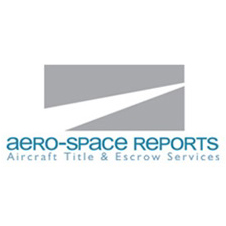Trust but verify
Why do lenders need bank statements?
Filling out a personal financial statement during the initial loan application process is one indication of the buyer’s financial stability and ability to pay, but it’s just one point in a vast universe of data. The lenders are looking to form all your data into a cohesive line indicating you have the financial resources to own and operate an aircraft. As the saying goes, “two points make a line.”
The lenders are looking to form all your data into a cohesive line indicating you have the financial resources to own and operate an aircraft.Many people confuse income and liquidity and try to complete that “line” with their tax returns as evidence they can make the monthly payment. The challenge with this idea is that taxes only provide evidence of your taxable income level. They do not confirm your level of liquidity.
Hence, the bank statements. In the language of professional athletes, bank statements “are what they are.” They don’t need to be interpreted or certified. They are an objective, accurate snapshot of your liquid reserves at a particular moment in time. Aircraft lenders consider liquidity to be either cash in the bank (checking, savings), or non-retirement investments (publicly traded stocks, bonds, mutual funds). Statements for these accounts must be no older than 30 days.
If you are unable to provide a standard statement, a screenshot of the account showing your name as the account holder, the institution name, the balance, and the date will normally be sufficient.
If for whatever reason, your application process is delayed beyond 30 days from the date on your bank statements, they will become “stale.” Continuing the process after this time will require updated statements.
If you have aviation finance questions, we can help.
aopafinance.org 800-62-PLANE (75263)

